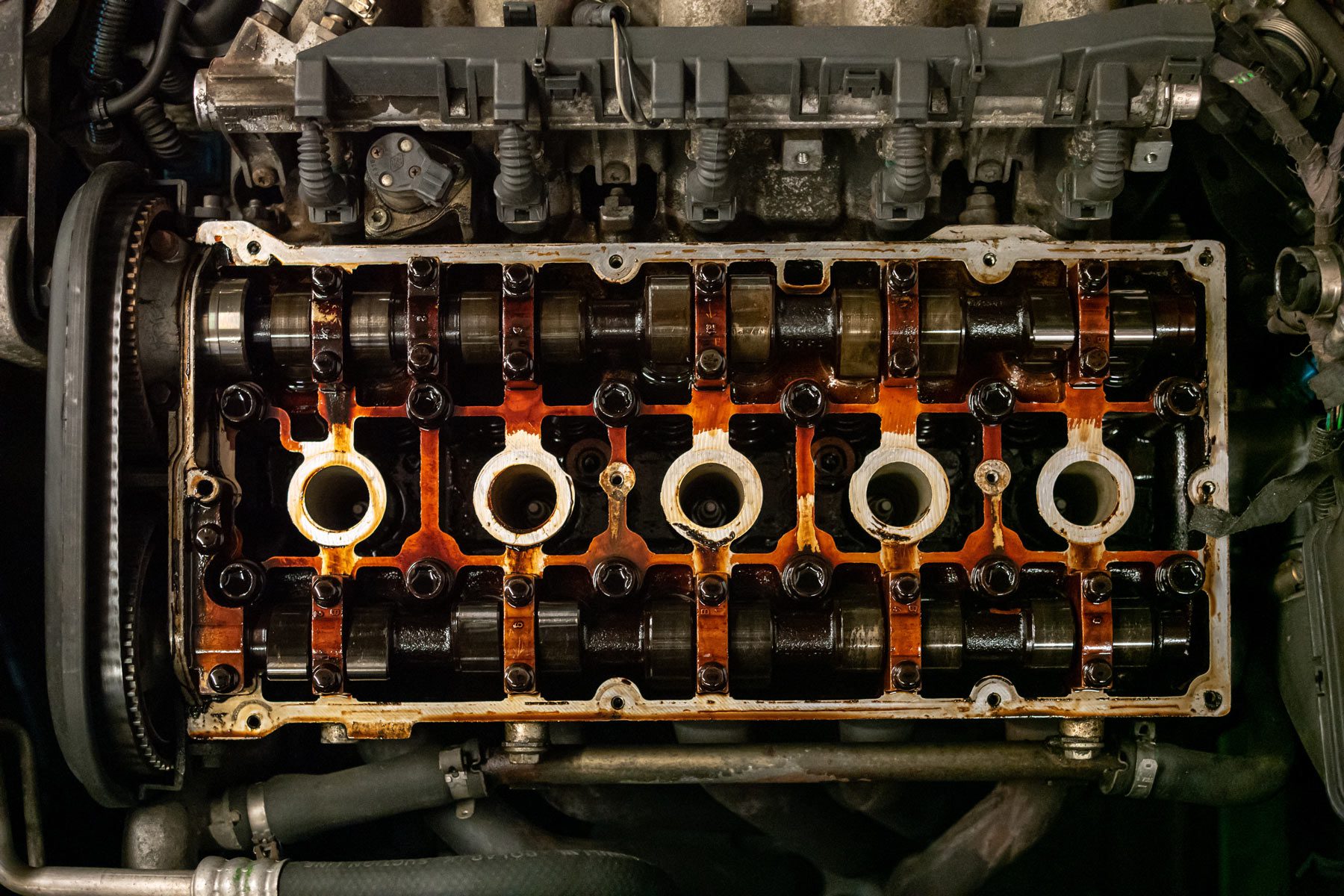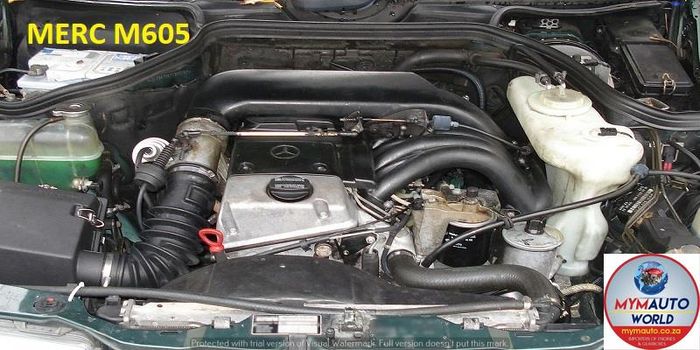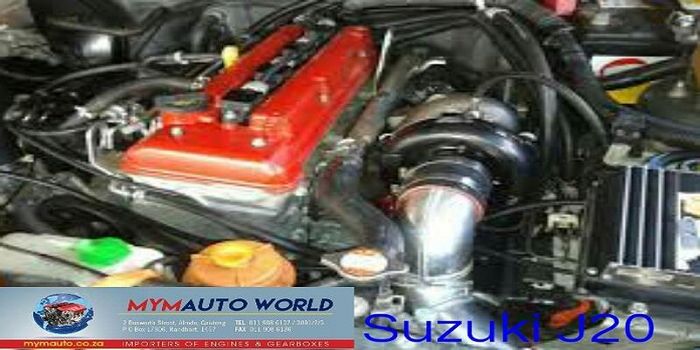Opel Corsa Engine: Every Little Thing You Required to Know Before Buying
Opel Corsa Engine: Every Little Thing You Required to Know Before Buying
Blog Article
Discovering the Inner Functions of a Compact Car's Engine System
As vehicle drivers, we typically take for granted the complex processes that occur within the boundaries of our vehicle's engine system. In this expedition of a portable vehicle's engine system, we will unwind the internal workings of this mechanical symphony, dropping light on the enigmas that drive us forward on our everyday trips.
Combustion Process Summary
The combustion process in a portable vehicle's engine system is an important device that efficiently transforms gas right into energy to power the automobile. This procedure occurs within the burning chamber of the engine, where fuel and air mix, fire up, and generate controlled explosions. The burning procedure contains four primary phases: intake, exhaust, compression, and power.
Throughout the consumption stage, the piston relocates downward, drawing in a combination of air and fuel right into the combustion chamber. The following phase, compression, includes the piston relocating upward, pressing the air-fuel mixture to raise its strength. Ultimately, in the power stage, the trigger plug fires up the pressed mix, resulting in a fast expansion of gases that requires the piston pull back. This downward activity generates the power needed to drive the lorry. In the exhaust phase, the burnt gases are expelled from the combustion chamber via the exhaust valve, preparing the chamber for the next cycle. This cyclic burning procedure is fundamental to the operation of a portable car's engine system, making certain efficient energy conversion for propulsion.
Piston and Cylinder Interaction

The piston's accurate fit within the cylinder is crucial for keeping optimum compression and preventing energy loss during combustion. Tight clearances between the piston and cyndrical tube wall surfaces make certain reliable securing, permitting the piston to relocate efficiently without enabling gases to leakage past. Appropriate lubrication is likewise important to decrease friction and wear in between these parts, improving durability and performance.
Additionally, the design and materials made use of in making the piston and cyndrical tube effect engine efficiency and sturdiness. Modern engines typically employ lightweight yet sturdy products like aluminum alloys for pistons and cylinder linings to minimize inertia and improve thermal efficiency. In general, the harmonious communication between the piston and cyndrical tube is essential to the engine's capability and overall performance.
Gas Injection System Functionality
Gas injection systems in portable car engines play an important function in precisely providing fuel to the burning chamber for efficient and regulated ignition. The fuel shot system works by injecting gas into the burning chamber at Clicking Here the ideal moment throughout the engine's operation (opel corsa engine). This specific timing makes sure that the fuel blends evenly with the air for correct combustion, bring about improved gas effectiveness and reduced discharges
There are primarily 2 sorts of fuel shot systems used in small car engines: port gas injection (PFI) and straight gas injection (DFI) PFI systems inject gas into the consumption port prior to the intake shutoff, while DFI systems inject fuel straight into the combustion chamber. Both systems have their benefits, with DFI offering much better gas atomization and PFI providing a much more cost-efficient solution.
Comprehending Engine Air Conditioning Mechanisms
Effective operation of a find here portable vehicle's engine depends greatly on the performance of its cooling mechanisms. Engine cooling is necessary to prevent overheating, which can result in significant damage and decreased performance. The cooling system in a small lorry typically consists of a number of components interacting to control the engine temperature level. One crucial part is the radiator, which uses coolant to absorb heat from the engine. As the warm coolant flows through the radiator, it releases heat into the air, cooling down before returning to the engine. The water pump circulates the coolant through the engine and radiator, making sure a consistent circulation to control temperature level. In addition, the thermostat aids regulate the coolant circulation to keep optimum engine temperature level. Some lorries additionally have cooling down followers that trigger when additional cooling is needed, such as throughout rush hour or hot weather. Understanding these engine cooling devices is important for keeping the performance and durability of a compact vehicle's engine system.

Exhaust System Components Explained
The optimal performance of a compact lorry's engine cooling devices depends on a complementary system understood click here for info as the exhaust system, which comprises different essential elements for ensuring effective exhausts and engine performance. The exhaust manifold gathers exhaust gases from the engine's paths and cyndrical tubes them to the catalytic converter.
One important part of the exhaust system is the oxygen sensor, which keeps an eye on the oxygen levels in the exhaust gases to assist manage gas consumption and guarantee optimum engine efficiency. opel corsa engine. Additionally, the resonator might exist in some exhaust systems to reduce noise degrees. On the whole, the exhaust system plays an important function in maintaining engine performance, decreasing harmful discharges, and ensuring a quieter driving experience for small car owners

Final Thought
To conclude, the compact car's engine system is an intricate mix of components that function with each other to facilitate the combustion process, convert fuel into energy, and get rid of waste gases. Understanding the inner functions of the engine system, including the piston and cyndrical tube communication, gas shot system, engine air conditioning mechanisms, and exhaust system components, is important for preserving optimum performance and efficiency of the vehicle.
The combustion process in a small car's engine system is an essential device that efficiently converts gas right into power to power the automobile.Gas injection systems in compact car engines play a vital duty in specifically delivering fuel to the burning chamber for controlled and efficient ignition.There are mainly two types of fuel shot systems used in portable car engines: port gas injection (PFI) and straight gas shot (DFI) Understanding these engine air conditioning devices is crucial for preserving the performance and longevity of a compact vehicle's engine system.
The optimal performance of a portable automobile's engine cooling mechanisms depends on a corresponding system recognized as the exhaust system, which makes up various important components for making certain reliable discharges and engine performance.
Report this page